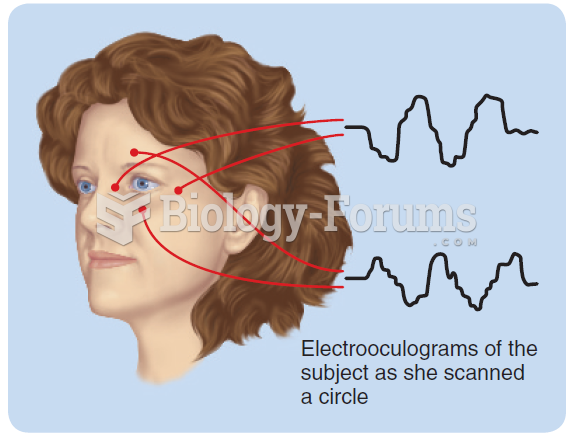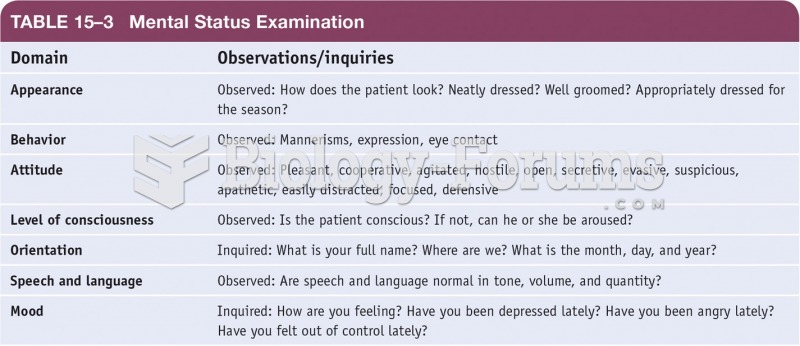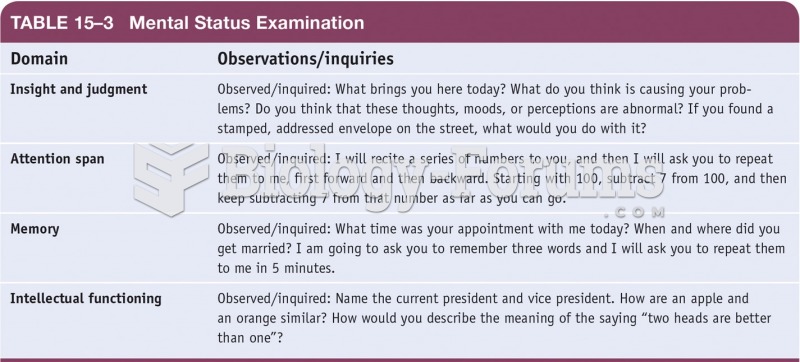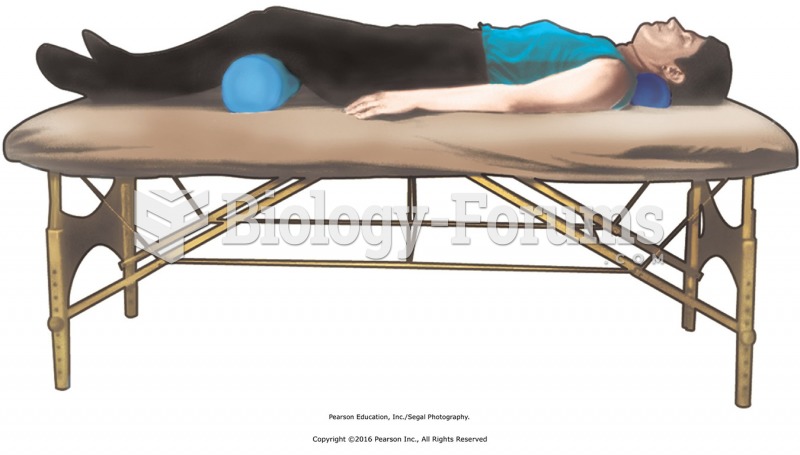Answer to Question 1
d
Answer to Question 2
The most commonly cited types of sentencing disparity involve geography (variations across jurisdictions) and judicial backgrounds and attitudes (variations among judges within the same jurisdiction). Significant variations in the sentencing patterns of judges in different judicial districts within the same political jurisdiction is referred to as the geography of justice or community effects (Fearn, 2005). The frequency of fines, probation, or imprisonment varies from county to county. Urban courts, for example, make greater use of probation and shorter prison terms than their rural counterparts (Austin, 1981; Ulmer & Johnson, 2004). Capital sentences provide another example, as executions are concentrated in certain regions (primarily the South). Geographic sentencing patterns demonstrate that court officials, drawn as they are from the local communities, vary in their views of what offenses are the most serious as well as what penalty is appropriate (Myers & Talarico, 1986b; Myers & Reid, 1995). These geographic differences also extend to the federal courts, where the applications of the federal sentencing guidelines vary (Johnson, Ulmer & Kramer, 2008; Tiede, 2009; Lynch & Omari, 2014). Sentencing disparities among judges have fascinated social scientists for decades. A classic study female shoplifting defendants placed on probation ranged from a low of 10 percent for one judge to a high of 62 percent for another in the same Chicago courthouse (Cameron, 1964). Similarly, downward departures in federal sentencing for certain types of offenders are routine in some districts and rare in others (Johnson, Ulmer & Kramer, 2008). Although such sentencing disparities are due, in part, to variations in the seriousness of the cases heard, differences in judges' backgrounds and attitudes are major contributing factors. Judges come to the bench from a variety of backgrounds. Variations in judges' backgrounds are associated with different perceptions of what crimes are serious as well as the relative weights to be assigned to conflicting sentencing goals. For example, judges who stress deterrence are more likely to favor prison sentences, while judges who are more treatment-oriented are more likely to impose suspended sentences or relatively short jail sentences (Hogarth, 1971). It is an accepted fact that judges have different sentencing tendencies. Some have reputations for handing out stiff sentences. Others are known for lenient sentences. The sentences of most judges fall somewhere in between these extremes (Partridge & Eldridge, 1974). In jurisdictions that use sentencing guidelines, differences between judges are even less pronounced. Overall variations between judges appear to have only a weak effect on sentencing outcomes (Steffensmeier & Hebert, 1999).







